► The 100th anniversary of the greatest endurance race
► This year’s crop of LMH and LMDh hypercars
► Catch Le Mans on 10-11 June 2023
It’s the centenary of the first Le Mans 24 Hours, and this year’s race is shaping up to be an unforgettable competition with renewed entries and a stormy summer forecast.
This year will see Ferrari’s first stint in the top class of Le Mans for 50 years with the 499P Hypercar. But will these cars be up to the task of dethroning Toyota Gazoo Racing? Or can Porsche continue its legacy with the promising 963?
No matter what, when it comes time to watch Le Mans your attention is sure to be on the Hypercar class, compromised of LMH and LMDh. LMH allows for near-total control over vehicle development and is what Ferrari, Peugeot, Toyota, Glickenhaus and Vanwall will be running under.
LMDh requires manufacturers to use a pre-designed chassis and hybrid system. Porsche and Cadillac will be using this rulebook for this year’s Le Mans race.
This is the first year that both LMH and LMDh cars will run in the Hypercar class, so we’re breaking them all down in our handy 2023 Le Mans preview guide.
Toyota Gazoo Racing GR010 Hybrid Hypercar
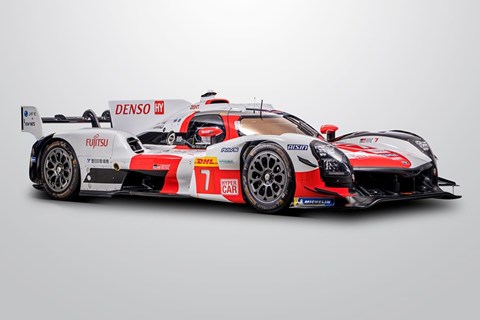
Last year’s winner Toyota is back again to reclaim its Le Mans crown with the GR010. The 3.5-litre twin-turbo V6 is the same (albeit slightly lighter) as the winning GR101, sending 671bhp to the rear wheels while a 268bhp e-motor deals with the front wheels.
Toyota Gazoo Racing has been dominant in Le Mans in recent times, winning five years on the trot and being undefeated in the Hypercar class. However, with a larger Hypercar field than in previous years, will Toyota be able to make it six consecutive victories?
We’ll know by 3pm on Sunday…
Porsche 963 LMDh
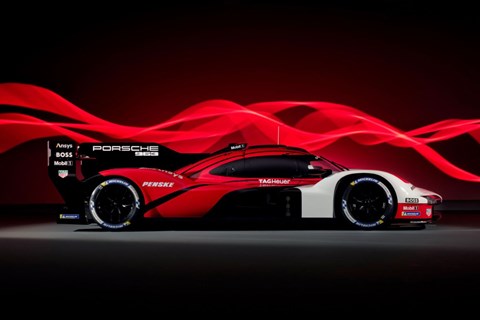
Built to LMDh specifications, Porsche’s return to the top class of Le Mans since 2017 has big boots to fill. Every Porsche prototype has won Le Mans, so squaring off against fierce competition from Ferrari and Toyota should make for some thrilling racing at Le Mans 2023.
Four 963s will enter this year’s race, all using a chassis built by Multimatic coupled to a 4.6-litre twin-turbo V8 and e-motor. Three will run under the illustrious Porsche Penske Motorsport while a further 963 will race under Jota Sport. Porsche is the most dominant manufacturer in Le Mans history, which dials up the pressure for the 963 even further.
Ferrari 499P Hypercar
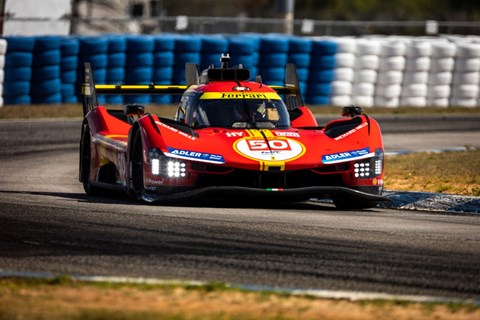
Fifty years have passed since Ferrari last raced in the top class of Le Mans, and the 499P is quite a return to form. Like the Toyota GR010, the 499P uses a 268bhp e-motor for the front wheels and a V6 producing 671bhp for the rear wheels.
Two 499s will be running the year, running numbers 50 and 51. Only time will tell if Ferrari can recapture its Le Mans glory days, but a slew of podium finishes in the FIA World Endurance Championship (including 1000 Miles of Sebring) does seem to bode well for Ferrari.
Breaking news: Ferrari has cleared out the first row on the grid, with its two cars starting first and second after qualifying.
Peugeot 9X8 Hypercar
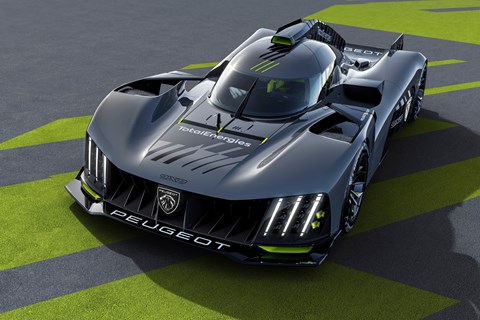
Peugeot has had a surprisingly dominant run at Le Mans, winning the endurance race three times: in 1993 and 1994 with the 905, and once more in 2009 with the 908. The wingless 9X8 is built to LMH specs which means the front wheels are powered by a 268bhp e-motor while the rear wheels are powered by a 2.6-litre twin-turbo V6.
A win on Peugeot’s home soil has happened before – but with gearbox issues retiring both cars at Sebring and no podiums in the current WEC Series, it’ll be an uphill struggle for the two 9X8s racing under Peugeot Total Energies. The 9X8 does look fantastic, at least…
Cadillac V-LMDh
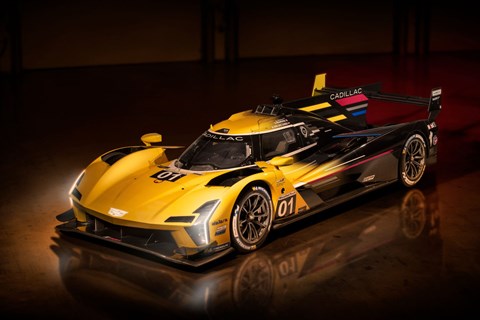
No faux leather or gaudy chrome here, Cadillac Racing has been churning out formidable endurance racers Stateside for years and has returned for Le Mans for the first time in 20 years. Built to LMDh rules, the V-LMDh uses a Dallara chassis a naturally-aspirated 5.5-litre V8 bolstered by a hybrid system.
Cadillac has never won Le Mans before, but with a couple of victories at WEC events this year, you shouldn’t count out Cadillac just yet. Three V-LMDhs will run this year, two under Cadillac Racing and the other for Action Express Racing.
Vanwall 680 Hypercar
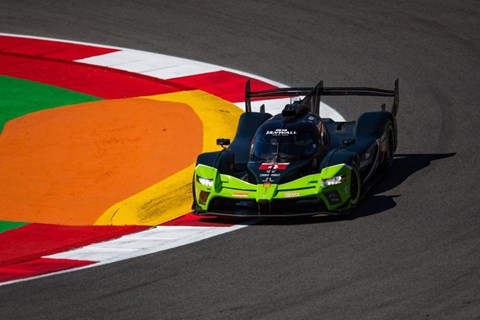
A retro entrant for this year’s Le Mans, Vanwall shuns an e-motor powering the front wheels, instead making use of a 4.5-litre V8 powering the rear wheels only.
The sole Vanwall 680 Hypercar running this year will be for the Floyd Vanwall Racing Team and will see veteran F1 driver Jacques Villeneuve behind the wheel. Previous races in the WEC haven’t been too fortuitous for Floyd Vanwall, with two retirements and a 30th position at Sebring.
Glickenhaus SCG 007 LMH Hypercar
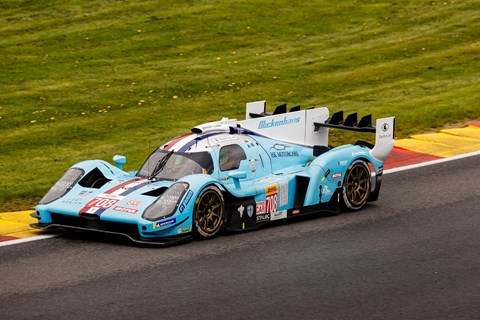
With two cars finishing fourth and fifth place at last year’s Le Mans, Glickenhaus has history with the SCG 007 LMH Hypercar.
Like Vanwall, Glickenhaus is skipping the e-motor and running a 3.5-litre V8 solely to the rear wheels. Finishing behind Toyota and Alpine last year, Glickenhaus will be facing an uphill battle at the 2023 Le Mans 24 Hours.
The greatest Le Mans racers ever: nine cars that rocked La Sarthe